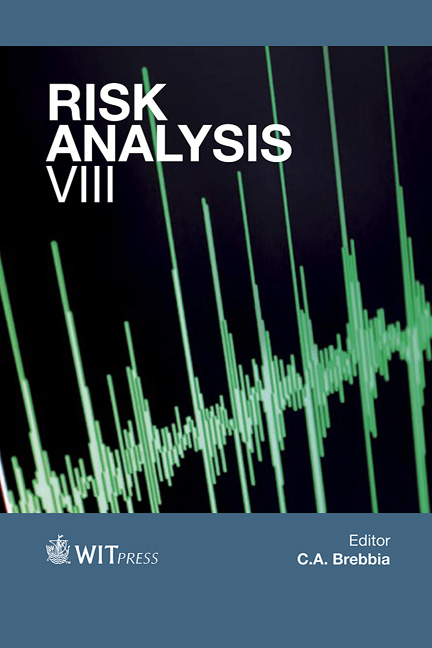Emergency Preparedness And Operational Response: A Spanish Case Study Within The European Union Framework
Price
Free (open access)
Volume
44
Pages
12
Page Range
215 - 226
Published
2012
Size
1,091 kb
Paper DOI
10.2495/RISK120191
Copyright
WIT Press
Author(s)
A. García-Miravete
Abstract
The primary emergency response to a particular disaster will only minimize its overall impact when two factors operate efficiently: rapidity and proportionality. After a thorough threat assessment on the level of risk that Spain faces regarding natural or man-made disasters, TRAGSA’s emergency management system can be recognized as an effective and efficient solution for immediate response. (TRAGSA is the Governmental Agency (Public Company) in charge of rural development, environmental protection and emergency management.) Within the context of limited resources and the need for an operationallyoriented policy mainly focused on the identified priorities, our emergency management system for environmental disasters does offer reasonable satisfaction in terms of rapidity and proportionality. We intend, therefore, to explain how to achieve the best possible results (quick and proportionate) in a crisis scenario with environmental impact (from those identified within the National security strategy) occurring in any territory of a country 500,000 square kilometres wide. To that end, we will show how the model has behaved in real scenarios. The involvement of the civil agency for environmental catastrophes (TRAGSA) is providing adequate answers to the incident regardless of the magnitude and place of occurrence, as it will be shown in the case studies. The specific interest of this paper is to consider and communicate the idea of a \“non stand-by approach and multifunctional team”, that is to say, the way in which TRAGSA operates during emergencies. The main strengths of the system are: a) Rapidity of the response regardless the emergency location. b) Proportional deployment according to the magnitude of the incident.
Keywords
emergency management system, European Economic Area (EEA), solidarity clause, civil protection mechanism, European civil protection modules, emergency response capacity, territorial deployment system, regional emergency coordinator, multi-functionality an





